The Apollo is Vernee's answer to one of the most successful phones of the 2016, i.e. the OnePlus 3/3T. While that may be true on an aesthetical & physical level, the same cannot be said about performance & overall usability of the phone.
Does that mean the Vernee Apollo has no reason to exist? Well, let's get into the review to find out!
Vernee Apollo Specifications
| Processor | MediaTek MT6797T Helio X25 @2.5GHz with Mali T880 GPU |
| Display | 5.5″ 2k 2560x1440px, LCD IPS Sharp IGZO |
| RAM | 4GB |
| Storage | 64GB (expandable) |
| Operating System | Android 6.0 Marshmallow |
| Cameras | 21.0 MP SONY IMX230 PDAF Rear, 8MP Front Camera |
| Battery | 3180mAh |
| Physical Properties | 188g, 152 x 75.6 x 9.3mm |
Vernee Apollo Packaging
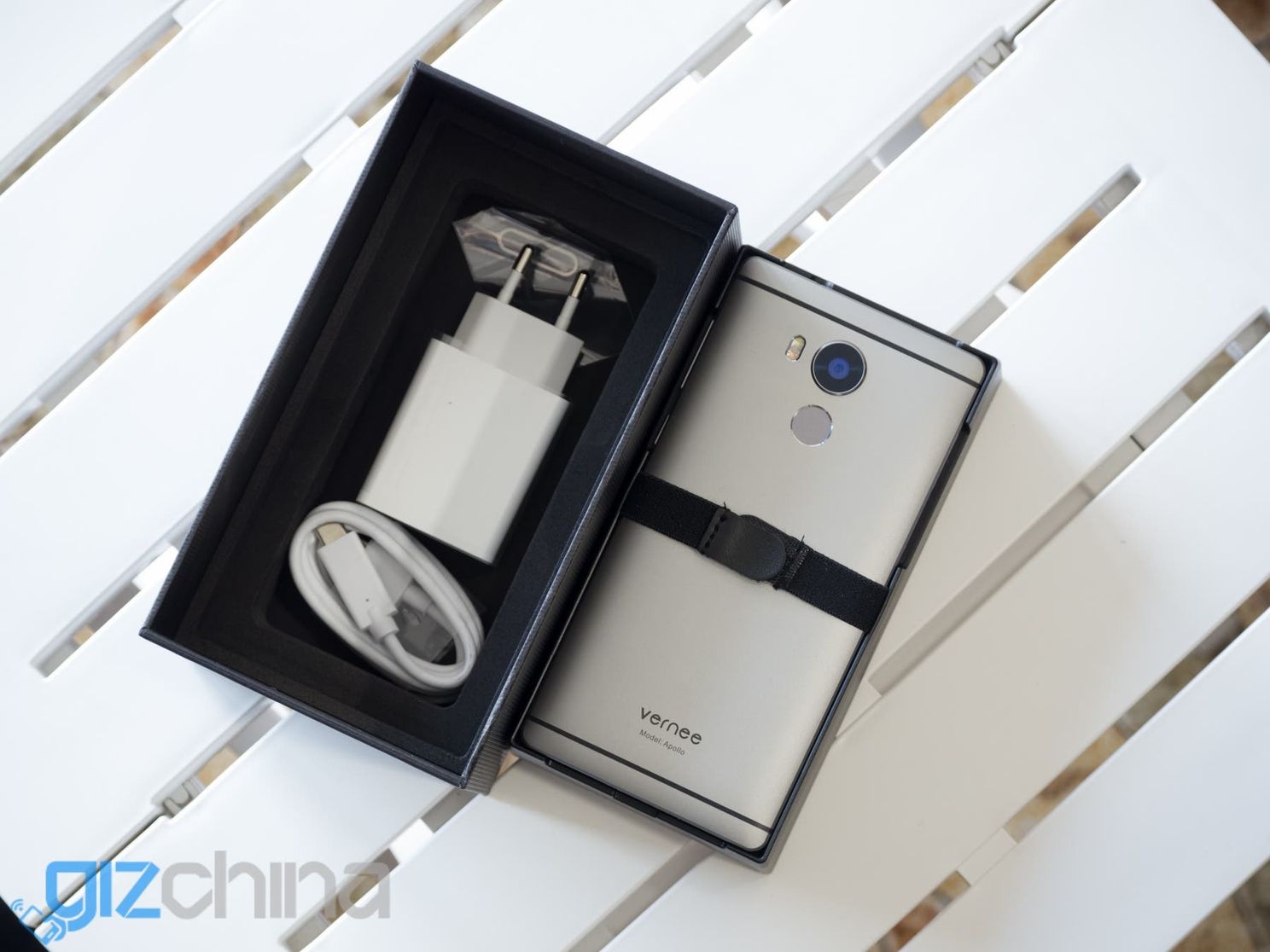
The Vernee Apollo comes in a big black and heavy box. That's (the fact that it's heavy) not entirely because of the phone itself though; Vernee does include a pair of VR goggles to take advantage of the high resolution 2K display for Virtual Reality purposes. Inside the box we also find a 5V/7V/9V - 2A USB charger and an USB type-A to USB type-C charging cable.
Vernee Apollo Review
Design & Build
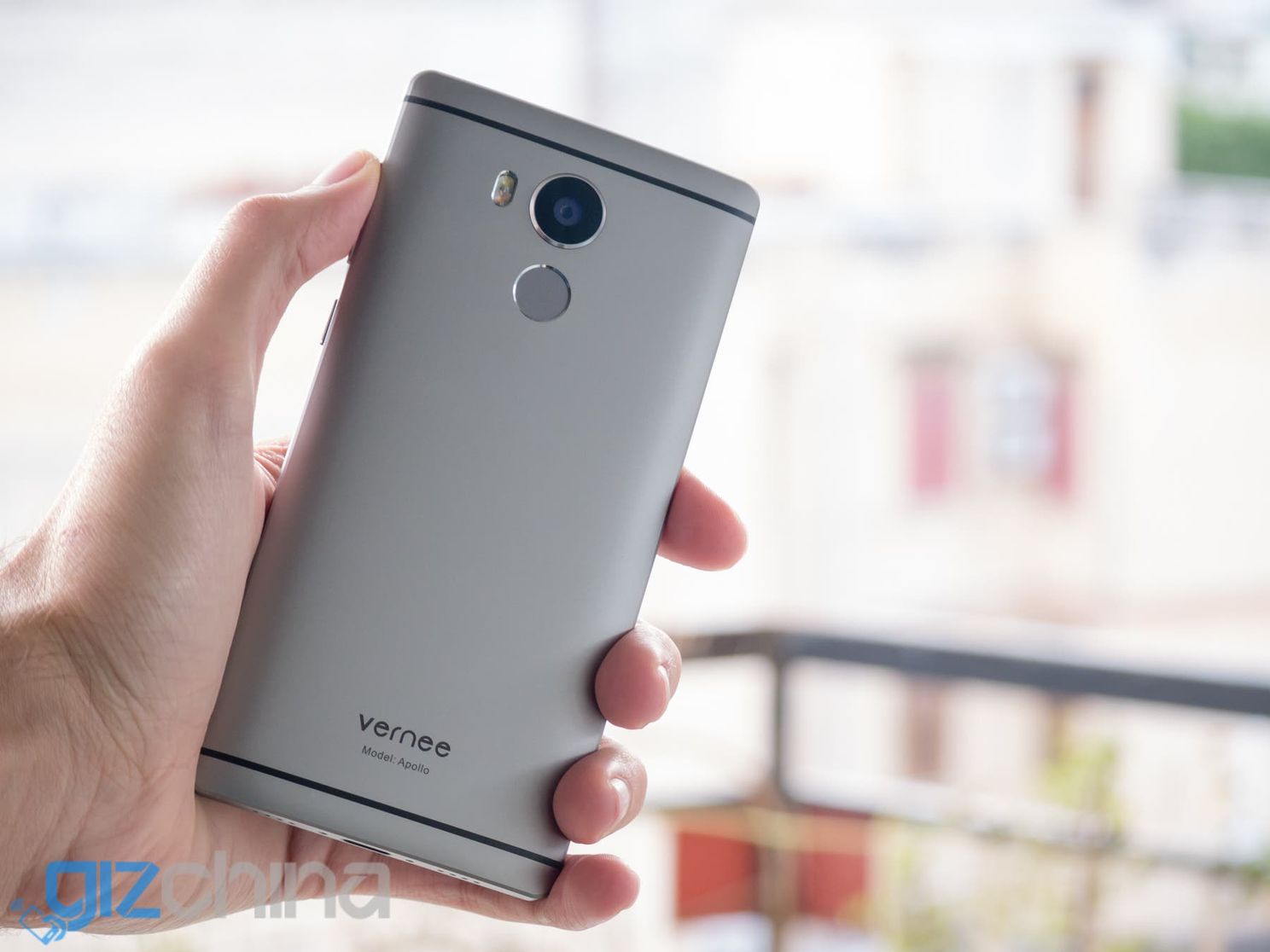
This department is where the Vernee Apollo shines the most. While the design is rather ordinary and similar to dozens of phones we get to see on GizChina (OnePlus 3(T) being one of them, the build quality is actually pretty top-end.
The device feels solid in your hands as it features a thick metal back cover and, while that adds a bit of weight to it, I definitely prefer this to the light and generic-looking phones we find on the market, the Xiaomi Redmi Note 3 is one example.
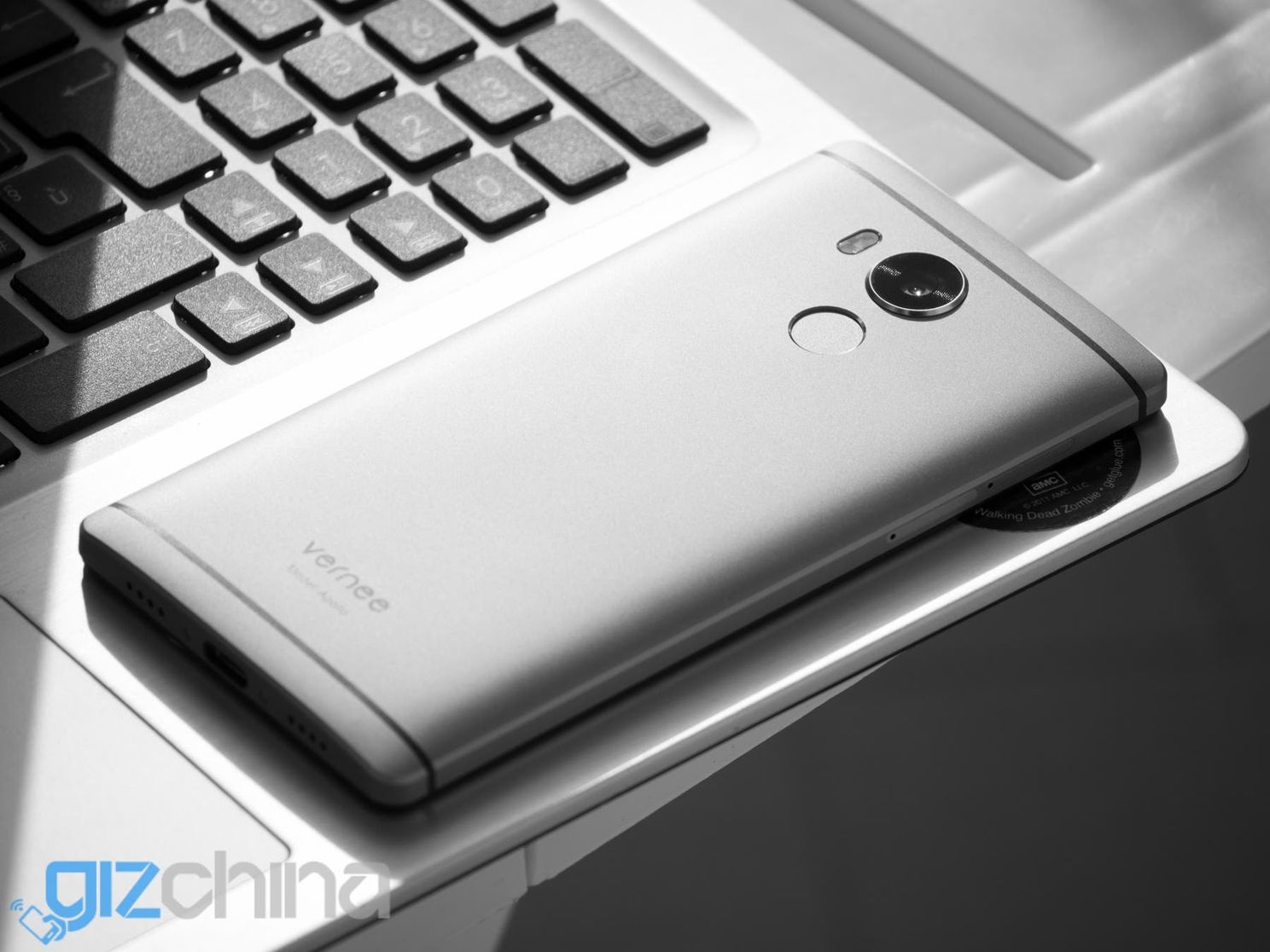
The Apollo also comes with a 2.5D glass coating, nano molding antenna bands, up to 98% metal coverage for the body and an unique matte texture achieved through a 360-degree sand-blasting. The phone has a premium build quality -- there's no doubt about that.
On another note, the camera protrudes quite a bit, but do not worry, there's a thin metal ring that will protect it from getting scratched.
Size and weight wise, it's a big 5.5-inch phone, so no surprises about that. The weight is a bit over my comfort zone and it being made of a smooth metal surface has me holding very carefully every time. I think an ordinary silicon case would fix most of my problems, though. On the plus side, I still haven't dropped it yet!
Display
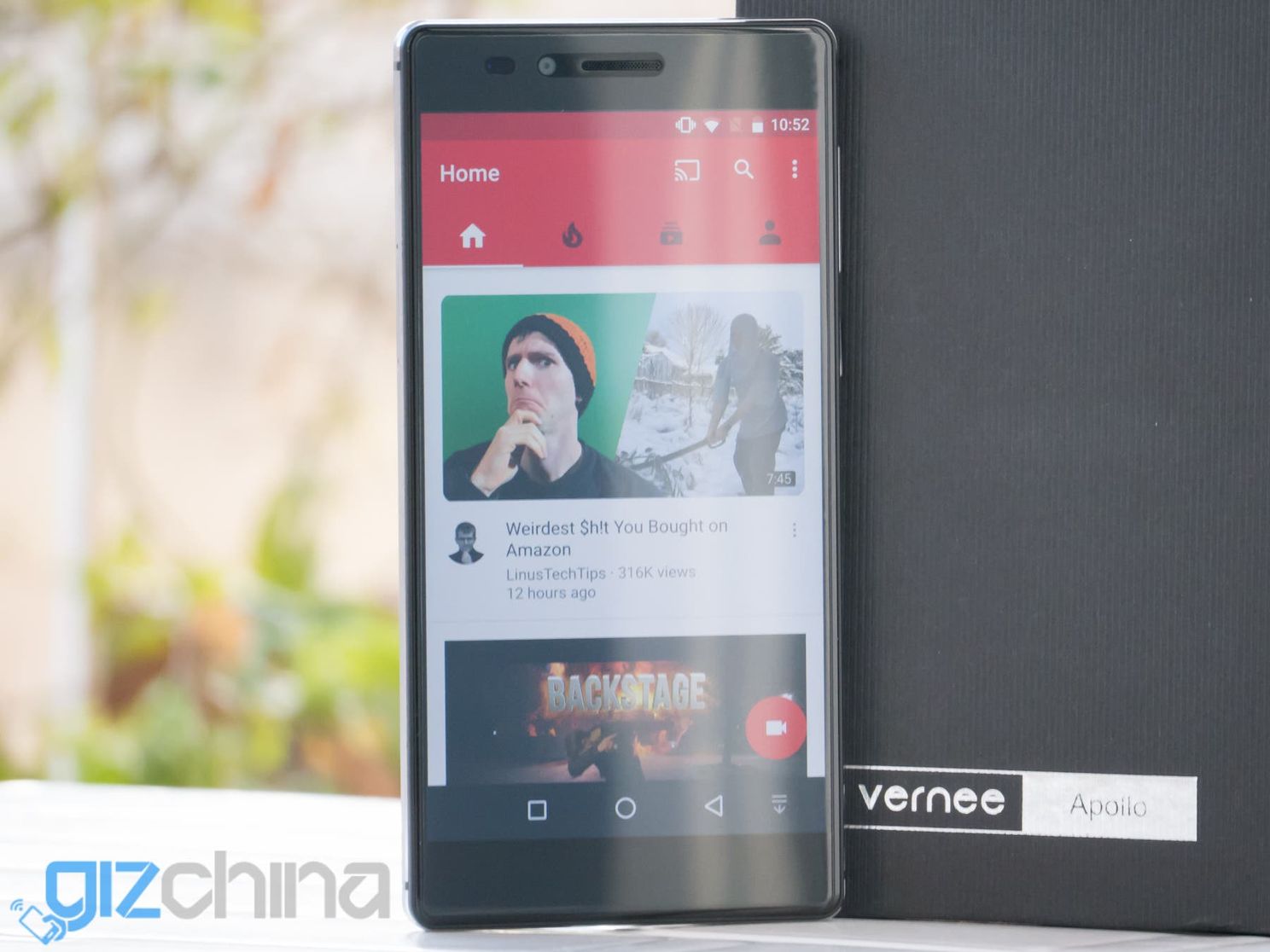
The biggest selling point of the Vernee Apollo is its 2K 2560 x 1440px Sharp IGZO IPS display. It is as stunning as you would imagine, super clear and colors are appear to be quite on point.
The viewing angles are above the ordinary. With that I mean that you still get to see the screen perfectly at insane angles, definitely more than what you would probably ever need. The display is also very bright but at times you may have to fight to avoid direct sun light as it is a tiny bit reflective (or at least it is with the included screen protector).
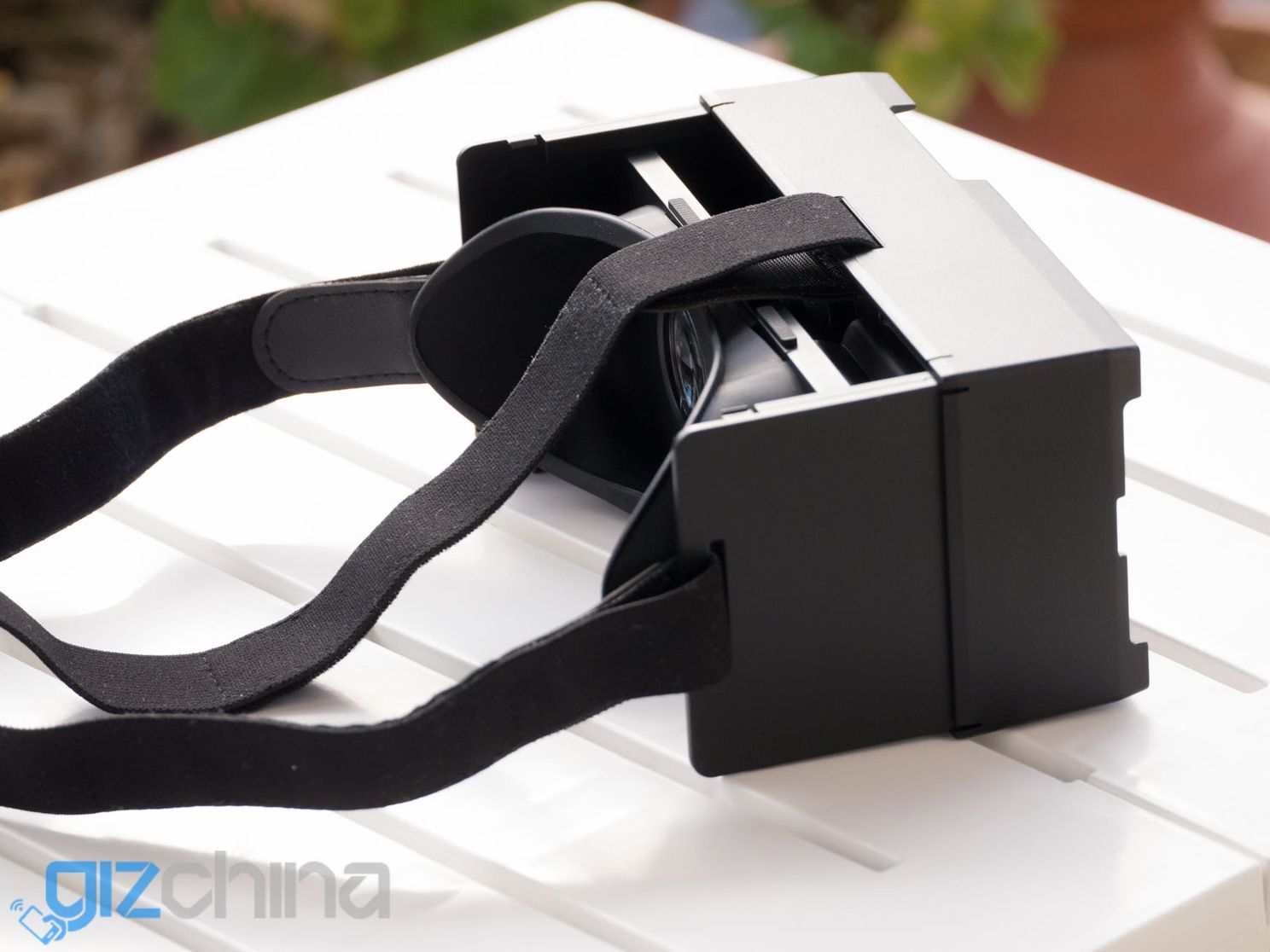
Since the high resolution 2K display pushed Vernee to include a VR headset in the box, let's talk about the Virtual Reality experience in this section as well.
In a word: bad. Beware, it's not the phone's fault, but the VR headset they include is pretty pants. It doesn't even include a button, which is usually just a magnet! How do they think I will get my "VR experience" without a way to start it?
If you guys aren't aware, most VR demos ask you to push a button to begin them, without one you are just left in the home waiting for nothing to happen.
That said, this is pretty easy to fix by buying a cheap VR headset with an included button. I only wish Vernee had thought about it.
As far as the actual VR experience goes, it is really interesting and fun. The 2K screen sure does improve the video quality; I had already tried VR on 1080p and it was much more pixelated compared to a 1440p display. I think it's still too early to get good VR on smartphones, so take it with a grain of salt.
Hardware & Performance

The Vernee Apollo comes with one of the most powerful CPUs from MediaTek, the Helio X25. This processor can go up to 2.5GHz and is paired up with a Mali T880 GPU. Other than that, there is 4GB of RAM and 64GB of expandable internal storage.
But you could have found all this info in the spec sheet. How does the phone actually perform, though? Well, the Apollo is snappy and you can definitely see an improvement over the older Helio X10. It opens up apps faster and multitasking is rather flawless. Sure there are some minor bugs here and there, but overall the user experience is pretty good.
Games also run fine and, while the 2K resolution may only make it worse in some cases, they are still playable. Don't expect the performance of a Qualcomm Snapdragon 821, though.
As many MediaTek SoCs, the Helio X25 is not immune to overheating. I've noticed it the most while taking photos and recording videos, that also caused the phone to discharge relatively fast. Hopefully they can fix this later in a small update, or even a new Android Nougat ROM.
If you're interested in real numbers, here are its Antutu and Geekbench scores:
4G LTE connectivity is good, at least here in Europe. It supports Band 20, which is pretty fundamental over here. Call quality is good as well, no complains about that. The phone has a Dual SIM / 1 SIM + 1 microSD setup.
WiFi and GPS also work flawlessly, meanwhile I've been having some problems with Bluetooth (weak signal), I'm not quite sure if it's the phone itself or my headphones got damaged somehow, I'll update the review when I finally figure it out.
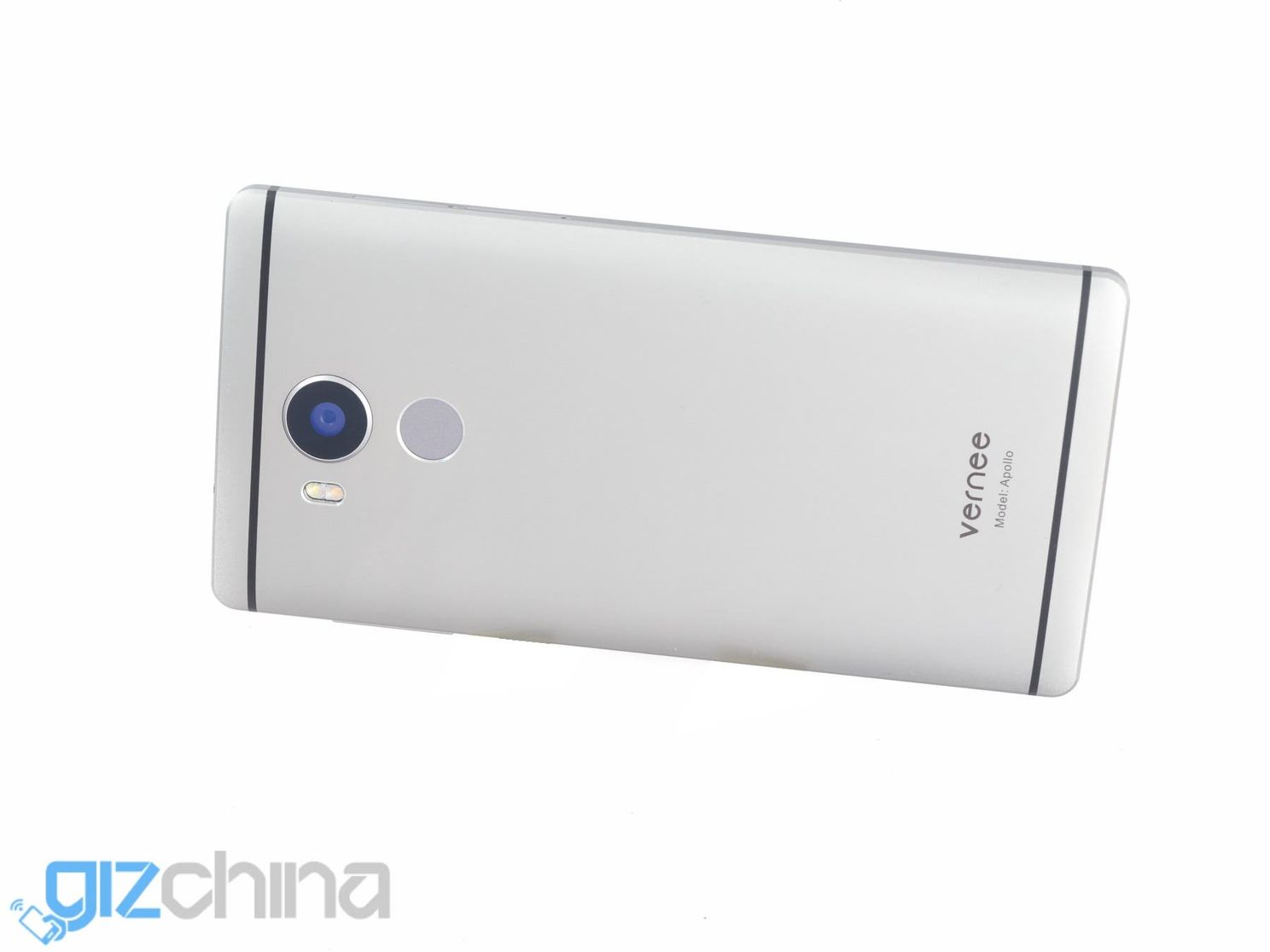
The fingerprint scanner is placed on the back and although not recognizing my finger 100% of the times, when it does, it's lightning fast. And no, I'm not over selling it, they use a special algorithm (specially after the last update) that recognizes your fingerprint instantly, you need to try it to get an idea!
Battery life is decent, but that also depends on your usage habits. The way I use it, I can get through a day, that is if I don't go out snapping photos or playing games. I sure wish it had a slightly bigger battery or having a more optimized software. Battery fully charges in about 1hr and half with the included charger.
Vernee Apollo Camera & Photos
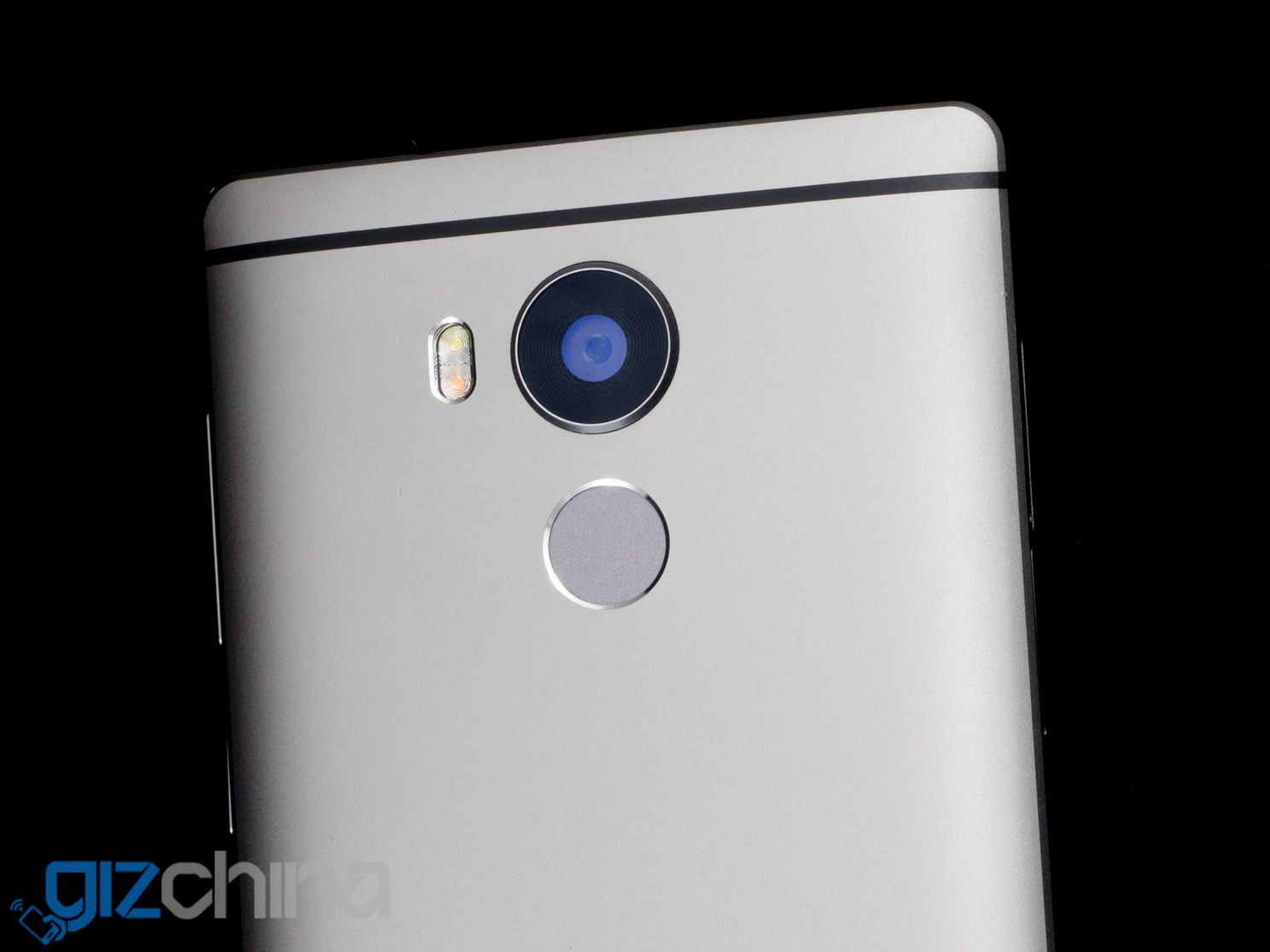
The Vernee Apollo sports a 21MP rear camera with an aperture of f/2.2. The shutter speed is fast but not the fastest, that said, if you take your time and hold your phone steady you can get very nice high quality sharp photos. White balance is a bit all over the place, I've noticed. Meanwhile the front camera is decent and has a resolution of 8 megapixels.
The camera can shoot 4K videos at 30fps, but for some reason they aren't fully compatible with YouTube. I get an error and the upload fails. Meanwhile 1080p videos don't suffer of this problem.
Here are some photos so you can judge for yourself:
Vernee Apollo Gallery
Vernee Apollo Review
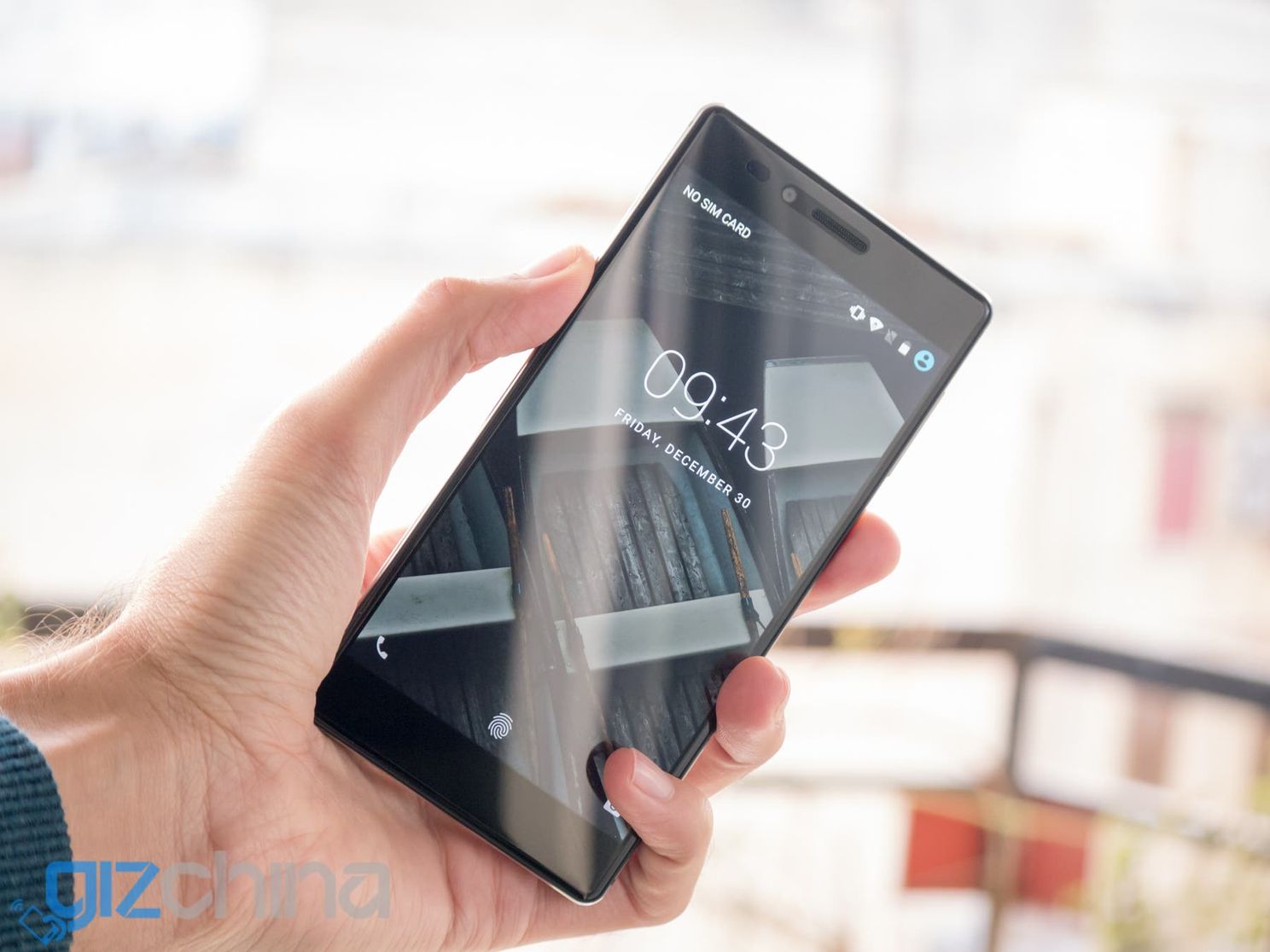
Conclusion
In my opinion the Apollo is a missed opportunity for Vernee to create a very appealing OnePlus 3(T) alternative. Or at least, they shouldn't have marketed it as such, if not just for the fact that the OnePlus 3(T) packs superior hardware and software support.
If you take the Vernee Apollo by itself though, I think it's a rather spectacular phone. Sure, it is on the heavier side and battery life isn't amazing, but the build quality is really outstanding, the phone is powerful, snappy and, most importantly, it rocks a stunning 2K display which in my opinion is on-par with the best screens present on Samsung flagships and the likes.
[su_button url="http://bit.ly/2kiTNl3" target="blank" style="ghost" background="#ffa60e" color="#ffa60e" size="7" center="yes" icon="icon: chevron-circle-right" icon_color="#ffa60e"]Buy the Vernee Apollo[/su_button]
Coming at about $250 the Vernee Apollo is just a tiny bit more expensive than what I would pay for it. But if you're after a premium phone with an amazing display then you can give this phone a try.
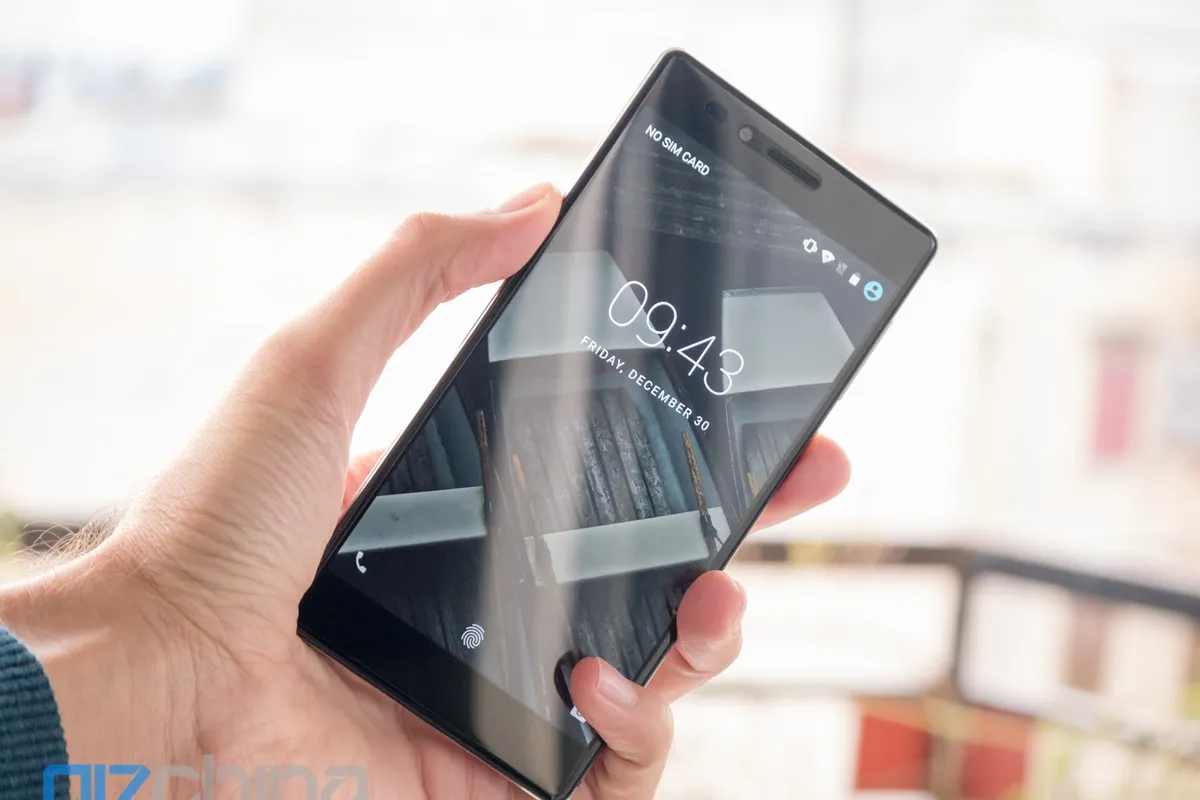

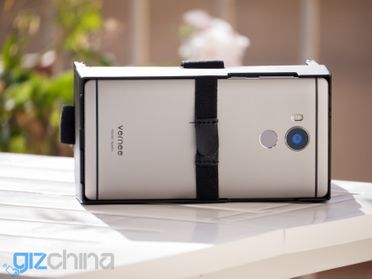
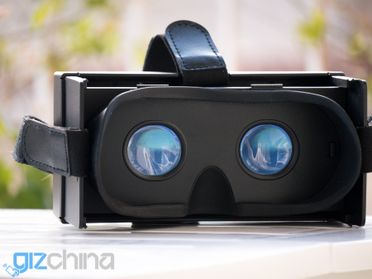
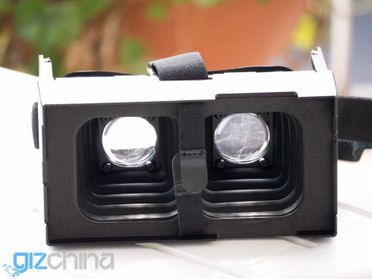
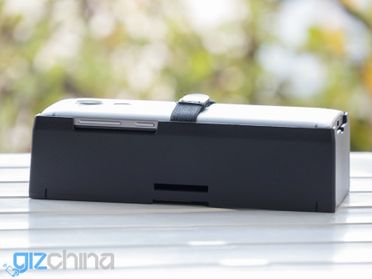
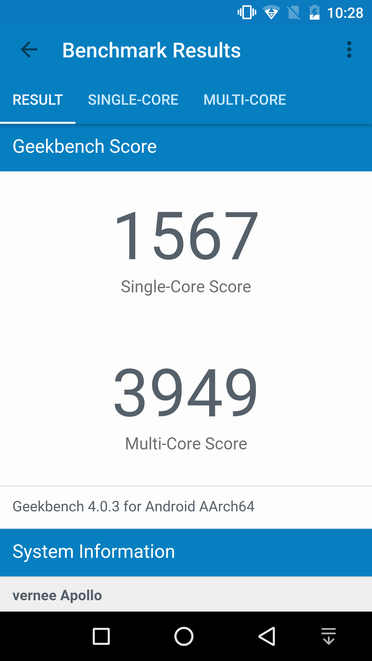
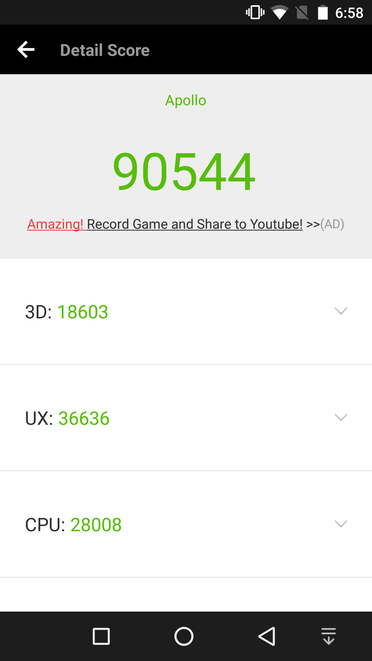




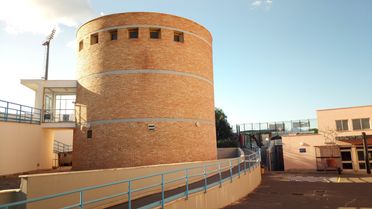


















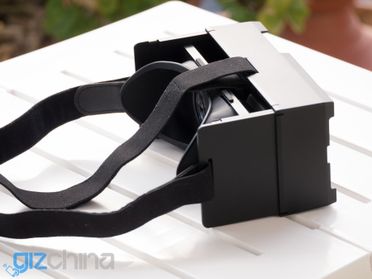
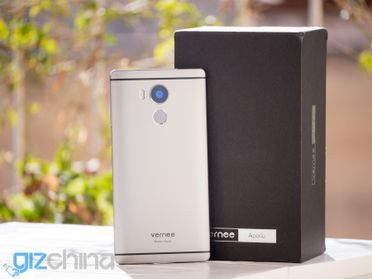
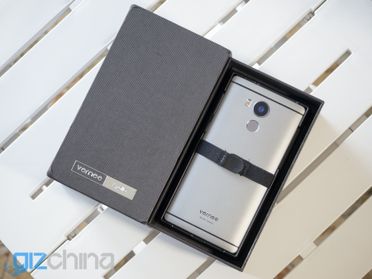
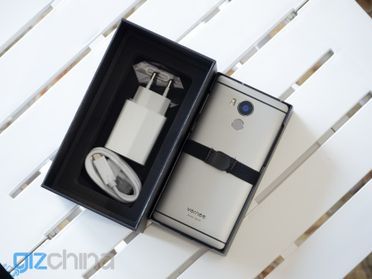
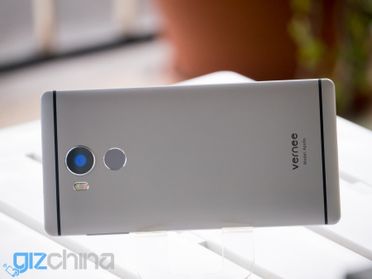
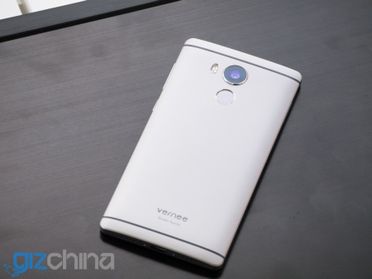
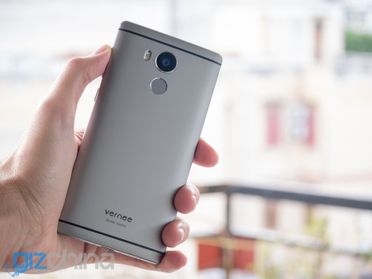
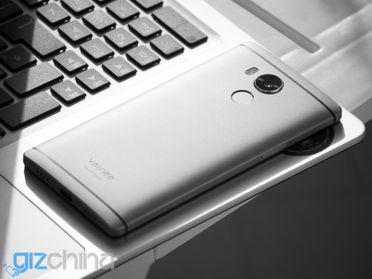
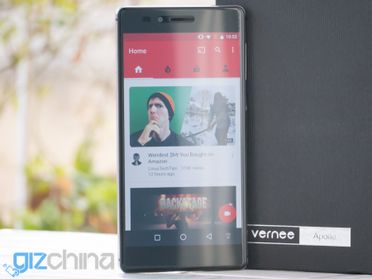
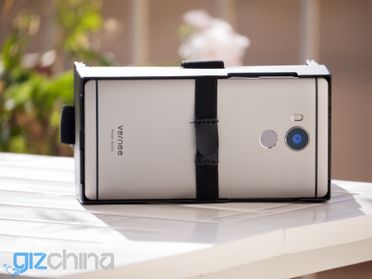
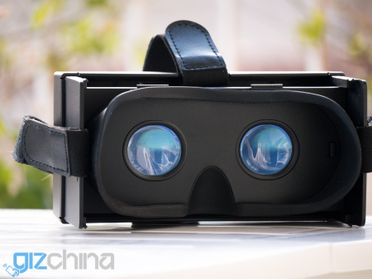
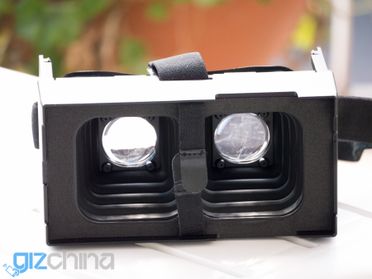
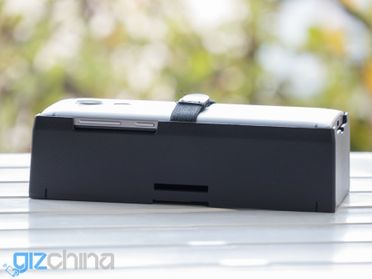
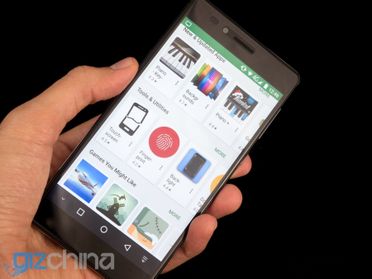
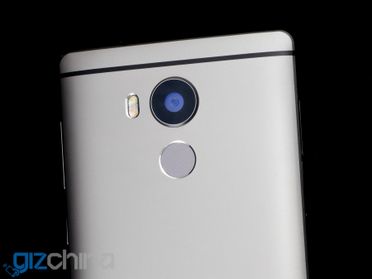
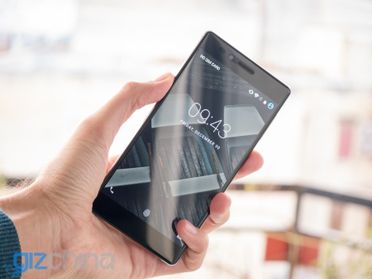
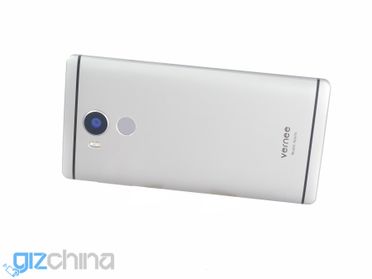




Place comments
0 Comments
You are currently seeing only the comments you are notified about, if you want to see all comments from this post, click the button below.
Show all comments